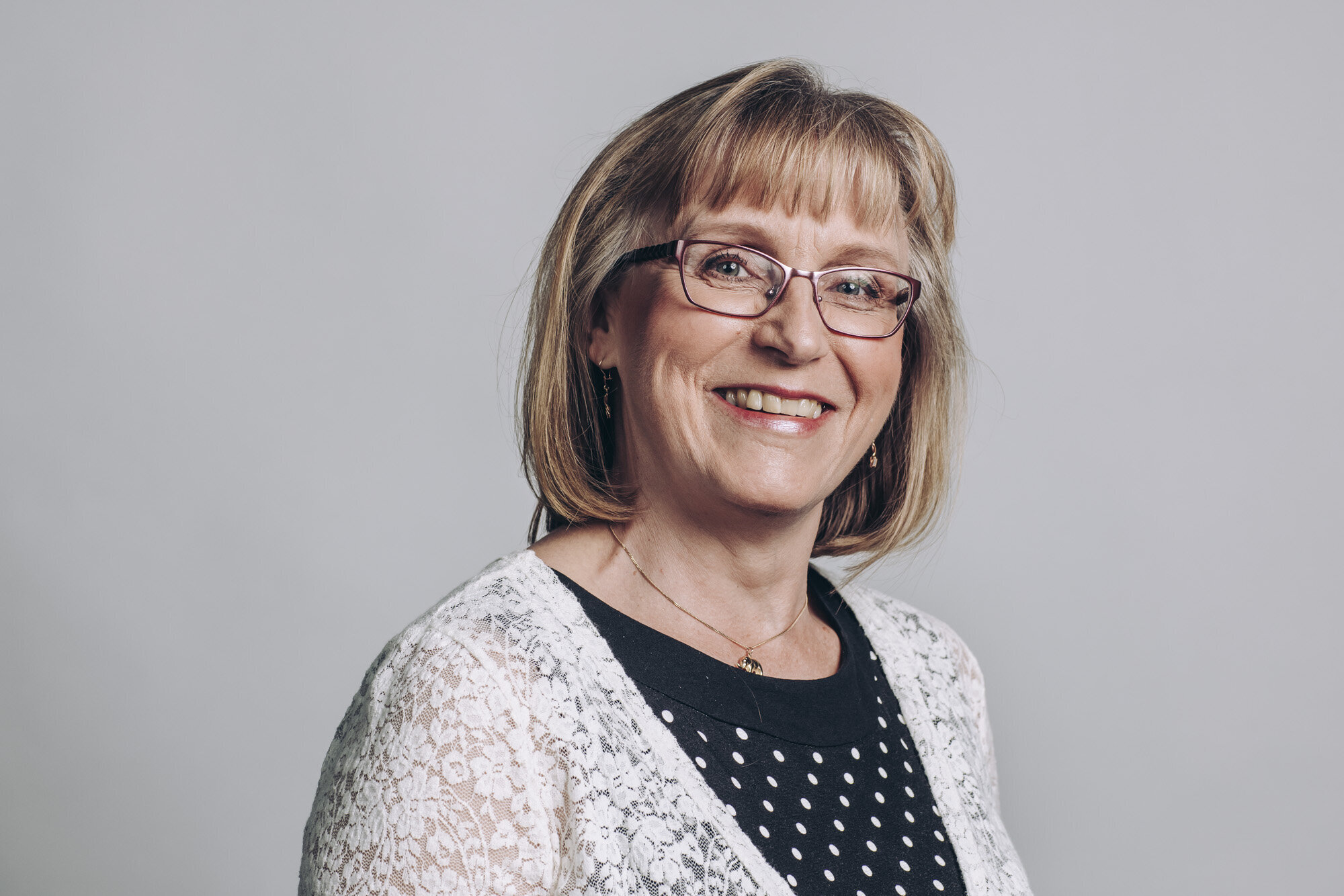Research collaboration helps companies benefit from newest AI innovations
Artificial intelligence is revolutionizing all sectors of industry. Collaboration with universities helps companies learn from, and make use of, newest knowledge in this fast-paced field.
Finnish companies could reap massive benefits from a broader application of artificial intelligence in their operations. Working together with universities can help them tap into this potential.
Aalto University Professor of Practice Alexander Ilin and corporate relations manager Terhi Kajaste from FCAI know how companies can get the best benefits out of research collaboration – and how to overcome usual challenges.
What do companies get from collaboration?
Companies are typically interested in solving very specific problems. This makes it easy for them to miss out on newest innovations that could completely change the game in the near future.
Ilin gives as an example the transformer, a machine learning model that was originally proposed for machine translations. Very soon, though, it was extended to other domains such as computer vision and protein modeling. Such evolution is hard to predict in any case, but especially when the focus is on field-specific problems.
“Breakthrough developments are difficult to foresee, especially if a company is focused on a narrow application domain”, Ilin says.
Collaboration also brings companies brand visibility and access to top talent in academia. In a field where experts are hard to come by, the recruitment possibilities that follow are invaluable. Ilin points out the importance of co-authored publications born out of collaboration projects.
“They are good publicity. If companies want to attract bright people, they need to show that they solve interesting problems.”
What makes a collaboration project successful?
Since universities and companies share many interests but also have partly differing goals, it is essential that researchers and companies have well-defined and mutually agreed-upon objectives from the onset.
It is also best if these goals are long-term. Finding a timeline that suits everyone is important, as companies often prefer fast and specific results, whereas researchers might have a more comprehensive and time-consuming approach in mind.
The trust between the research group and the company needs to withstand obstacles. The tighter the collaboration between researchers and company experts, the more useful the results tend to be.
Terhi Kajaste notes that companies are often wary of what happens to research results when other institutions or companies are involved.
“This is a matter of discussion. So far, FCAI and its partners have been able to find individual solutions that fit everyone's needs”, she says.
“Researchers can work under non-disclosure agreements and the content to be published is always agreed upon between collaborators.”
How do research collaborations get started?
Typically, research collaboration starts with a joint project that involves master’s or doctoral theses. FCAI has a wide spectrum of different cooperation possibilities starting from a loose ecosystem membership all the way up to close research lablet collaboration.
“One increasing trend is to fund current employee’s doctoral thesis work either fully or partially. Also shared postdoc researchers or professorships of practice are gaining more and more interest”, Kajaste says.
FCAI collaborates with a wide spectrum of companies from different industry sectors. Ilin has been involved in research collaboration with companies such as Neste, Nokia, F-Secure, and Fingrid.

